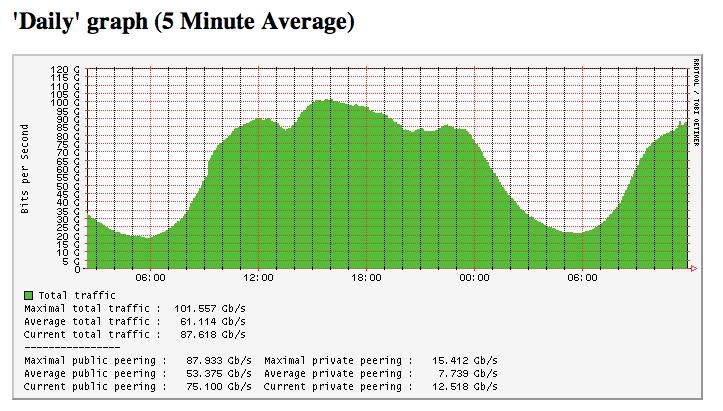3 Things That People Do Not Know About Data Center
Over the years, I have seen many data centers and this has helped in gaining knowledge a lot. Let me share with you three things I have always seemed really confusing the layman and for which I have always seen talking faces with surprises! If you have other suggestions as well, add in the comments.
Security For Entry Into A Data Center
A data center is a physical place that must first be sure: the server on the inside, as well as other devices are in operation and it cannot stop for any reason, this implies a set of rules related to safety. The data centers are monitored (or should be), often by armed guards, both outside and inside them: access is regulated very precisely who is accessing the badge is dedicated to the individual, and in the data center this is compartmentalized. The employee who is responsible for a particular service can access only a few rooms of the DC, not all. All inputs are registered.
In many data centers, automation plays a central role on the security front: remember that Level3 employs at NOC monitor the data center, everything is authorized, and so the cameras and scanning of the hand or a thumb to enter the rooms are controlled externally.
Why this level of security? The data and information contained in a data center is very valuable, in the case of financial data or government data, of course, this value increases, therefore, like a bank, a data center has very high safety standards.
The Data Center Is Interconnected With Several Operators And “Talk” With The Rest Of The World
Within a data center, usually converge various network operators (national and international). This is to ensure that the data center is connected with more lines towards the outside, and can then communicate through more operators: there are dedicated channels and the channels leading to the interchange points, for effective peering of bandwidth.
Depending on the size of the ISP that manages the data center and the nature of the DC (if precisely for an ISP or a provider of telecommunications) the scope of bandwidth can vary: from some hundred Mbit / s to several Gbit / s of capacity traffic to the outside. If you want to get an idea of the traffic passing, this chart below will help you. For a data center, the value can be reduced, say around 1 or 2 Gbit / s on average for an operator not too big.

The bandwidth used and carried out obviously has a cost to the ISP and then managed carefully, usually by a department specifically in charge of the network of data centers. The people of this department also deal with design and optimize the way in which that data center reaches certain foreign countries, there may be special requirements for customers who need to achieve low latency, some destinations in the world, and this often involves a lot of work acquisition of sections of other operators, the routing on your network.
The Higher Cost Of A Data Center Is Often The Cooling
For every dollar spent to feed their data center, we can say that there is a good proportion spent to cool the data center, obviously trying to achieve the best possible efficiency. The cooling is an important item in the energy consumption of one of the centers of the network: all server and other systems need to stay within a controlled temperature, which vary depending on the technology and the strategies employed by the operator of data centers.
If the temperature is high, could cause serious damage to not only dedicated web servers, but also to other apparatus, bringing in more severe cases the need to turn off these machines, which as said, must instead remain operational 24×7. What temperature are in a data center India? Depends as said by many factors, the average is around 32/40 degrees Celsius in summer, this value may change depending on the position of the DC and the strategies chosen by the provider.
- How Cloud Computing Is Changing The Labor Market - March 25, 2015
- Adopting Infrastructure as a Service Can be a Good Deal - March 17, 2015
- Will Virtualize? Take These Six Points Into Consideration - March 12, 2015
